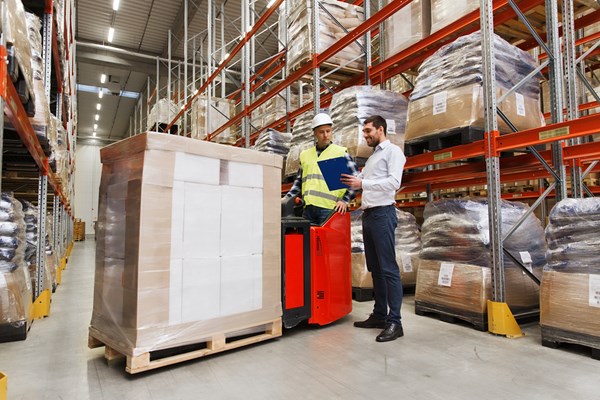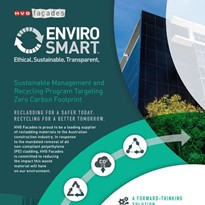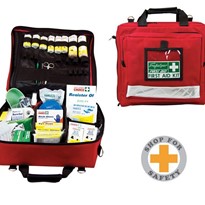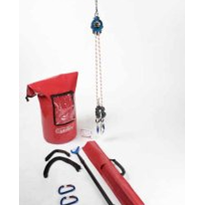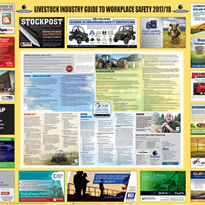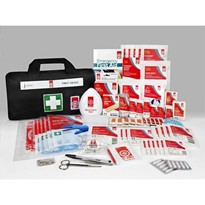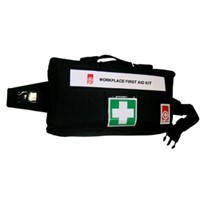Staff need to feel that they operate in a blame free culture in order to report minor issues. Minor issues that go unreported have the potential in the long run to become big issues - for example, an impacted beam could lead to a racking collapse.
What are the benefits of a blame free culture for your business, and how do you encourage a workplace that encourages the reporting of accidental damage?
The central benefit of creating a blame free culture to increase safety is to increase reporting of safety issues. If your forklift driver has impacted an upright, you need to know about it. The implications of not having it reported could be huge. Racking could collapse, people could be killed. So what is more important - reprimanding the staff member who had the accident, or having the racking collapse because they were scared of losing their job?
So how do you encourage a blame free culture? There are two key levels here, managers and the staff that they are responsible for.
Managers: Does your manager know how to correctly identify risk? Sometimes cultural issues can create a situation where managers that get reports regarding damage referred back to them to see these issues (incorrectly) as 'No biggie'. Small issues become big issues. Ensure that your managers are all on the same page. Firstly not to blame the reporter and accept it positively, but also to action reports so that employees can see that their input is valued and validated.
Staff: What are staff worried about. Will they be disciplined, receive an improvement notice, demonstrate that they don't know what they are doing? Remove their fear. Employees should not have any reason to believe that blame is the purpose of any investigation but to identify and rectify safety issues. Remove their need to cover up.
The majority of damages will not be attributed to truly neglectful staff but to larger issues. For example - are the damages caused by warehouse design faults and could improvements be made? Have the staff received working with steel storage racking training, forklift operator or other relevant training?. Taking damage and issue reports as opportunities to improve operations both improves your business, and makes staff more likely to feel nurtured in their roles and become safer employees.
Another way to encourage blame free culture is regular independent reporting. Every workplace should have processes in place that are designed to identify damage and risk without it being attributed to a staff members error. In this process staff and managers can carry out weekly and monthly inspections, such as looking for damage to uprights, beams, missing safety clips on your racking and back this up by having an external yearly audit to ensure all damage is identified in a way that is culturally supportive of not attributing blame.
The role of the anonymous tip off has its place.
Ok, though not the majority of the time, occasionally someone will hit a beam or an upright while being silly. They are human, it happens. Another normal attribute to humans is to lie when cornered. When an employee has caused damage and is not willing to acknowledge the accident which would you rather - not find the damage, and a collapse or incident follows, or be notified of the damage and be able to repair it in a safely and timely matter but relinquish the need to hunt down and discipline the employee for not taking responsibility. Which action is likely to result in a safer workplace?
At times management are tempted to hang draw and quarter employees as an example of their own effectiveness - look how well I'm managing type attitude. Visible disciplining does not automatically make you a more effective manager, it just makes it more visible and discourages others from reporting.
This management style drives reporting underground.
The concern may be that the employee that caused the damage will continue to work in an unsafe manner. If an employee is undertaking regular and unacceptable risks, is this not likely to be identified anyway without impeding the reporting process and damaging culture?
Blame free culture has immense advantages to a safe work place - A risk undetected is a risk that could become an injury or death. Increasing the reporting by changing reporting culture positively and removing blame and providing anonymous options increases reporting, allowing you to make safety rectifications and improvements and a safer work place for all.


